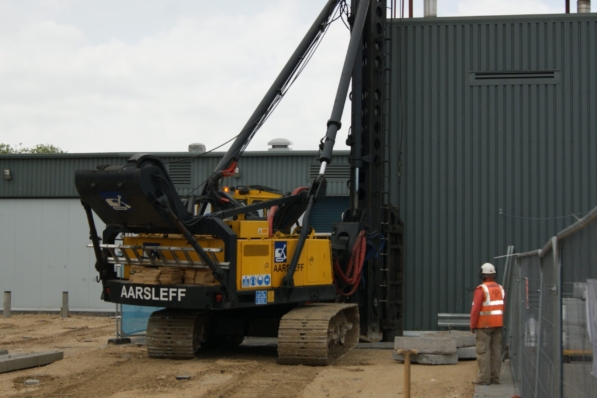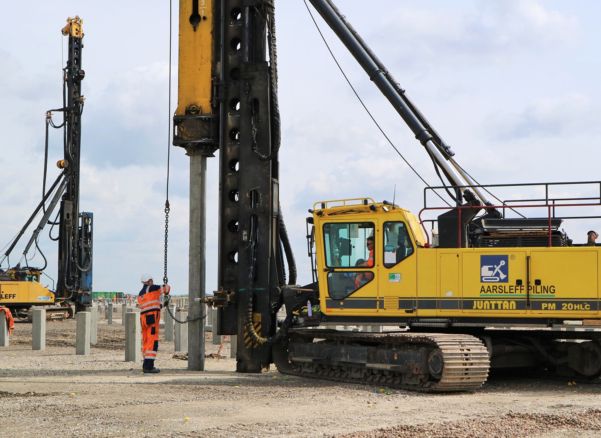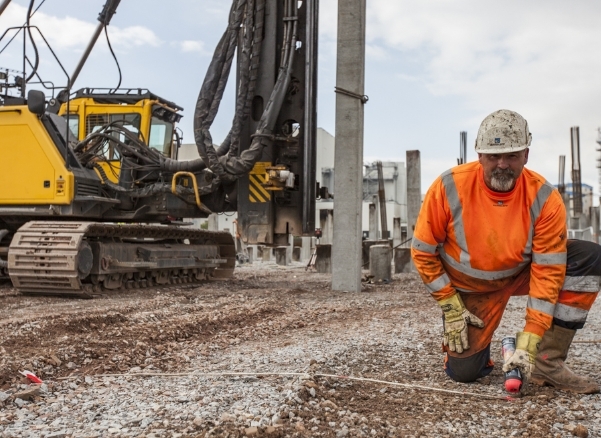Static Load Testing
Table of Contents
- What is Static Load Testing?
- Applications
- Process
- What Instruments are Used?
- Advantages
- An Example of Static Load Testing
What is Static Load Testing?
Static Load Testing (SLT) is a pile testing method used to evaluate the load-bearing capacity of piles. It involves applying a gradually increasing static load to a test pile until it reaches a predetermined level or causes a specific amount of displacement (settlement or uplift). [1]
The goal is to simulate actual service loads and monitor how the pile behaves under those conditions. The load is applied either by jacking against a grillage and kentledge system (Kentledge Test) or by jacking against a reaction beam that is held in place by anchorage piles (Reaction Test). Unlike dynamic load testing (which measures pile response to high-speed impact forces), SLT applies controlled, measured, and sustained loading.
The two types of static load tests are:
- Compression tests – Assess vertical load-bearing capacity
- Tension and lateral tests – Evaluate uplift resistance and horizontal displacement characteristics
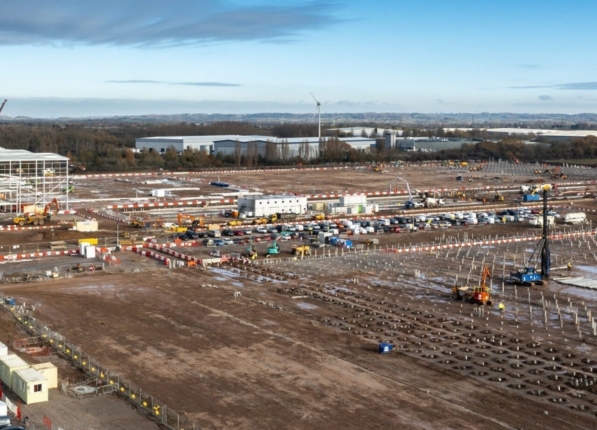
Applications
SLT is widely used in a variety of construction and infrastructure projects. Key applications include:
- Foundation Validation for High-Rise Buildings – Verifying whether piles meet structural requirements based on geotechnical conditions.
- Bridge and Infrastructure Projects – Ensuring that piles can support large dynamic and static loads from vehicles and environmental forces.
- Offshore and Marine Structures – Evaluating pile performance in saturated or submerged conditions where lateral and uplift forces are significant.
- Quality Control and Assurance – Comparing the actual performance of test piles against design assumptions.
In many jurisdictions, static load testing is a regulatory requirement before construction proceeds.
Process
The process of static load testing generally involves the following steps:
- Site Preparation – A test pile is installed using the same method as production piles. Reaction systems are constructed. These typically involve kentledge (large weights), reaction piles, or beams to counteract the applied load.
- Instrumentation and Monitoring – Displacement measuring devices or digital sensors are installed to capture vertical or lateral movement.
- Loading Sequence – The load is applied incrementally, usually in steps of 25–50% of the design load. Each step is held for a period (often 30–60 minutes or longer) to observe settlement. The maximum test load is typically 1.5 to 2 times the design load, unless testing for ultimate failure.
- Unloading and Recovery Monitoring – After peak loading, the pile is unloaded step-by-step, allowing engineers to monitor elastic recovery and assess permanent displacement.
- Data Analysis – Load versus settlement curves are plotted. Engineers interpret results against design standards such as Eurocode 7, ASTM D1143, or local building codes.
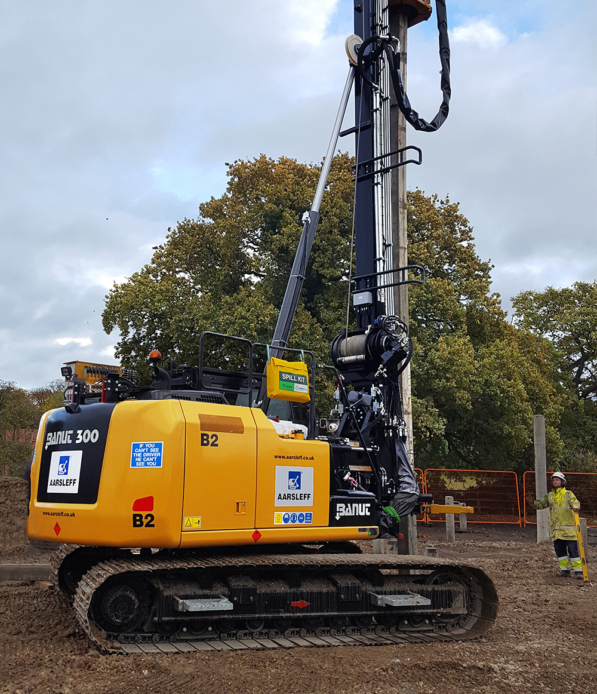
What Instruments are Used?
Static Load Testing relies on a variety of precision instruments to measure the pile’s response to applied loads. These tools ensure that load, displacement, and strain data are recorded accurately and reliably for performance evaluation. Some of the most commonly used instruments include:
- Strain Gauges – These devices help determine how load is distributed along the length of the pile, whether it’s being resisted more by skin friction (along the shaft) or end bearing (at the toe).
- Inclinometers – Measure lateral movement or tilt of the pile under loading. These are particularly important in lateral load tests or in environments with soft soil, where piles may experience sideways deflection.
- Load Cells – Used to directly measure the force applied to the pile during testing. These highly sensitive devices are typically installed beneath hydraulic jacks or between bearing plates.
- Hydraulic Jacks – Used to apply the load in controlled increments.
Advantages
The advantages of SLT include:
- It is the most direct method to evaluate the actual bearing capacity of a pile
- Provides peace of mind by confirming that piles will perform as expected under real-life loading conditions
- Reduces the likelihood of costly foundation failures or post-construction settlements
- Can be carried out in all soil conditions and on any type of pile
- Data can be monitored remotely through automated systems
- Can be used in conjunction with dynamic testing
An Example of Static Load Testing
In June 2016, Aarsleff was awarded the piling works for a new Bio-Mass Plant located in Hull. The Bio-Mass Plant is part of an Advanced Thermal Treatment plan, designed to process wood chip and biomass waste.
We designed and installed 667no 300/350sq precast concrete piles supplied in two segments interlocked with a full mechanical pile joint. The piles were founded within dense sands/gravels at 25 to 28 metres below the piling platform level. We also carried out 3 preliminary static load tests, which were undertaken during the initial weeks, followed by dynamic load testing during numerous visits to the site.
